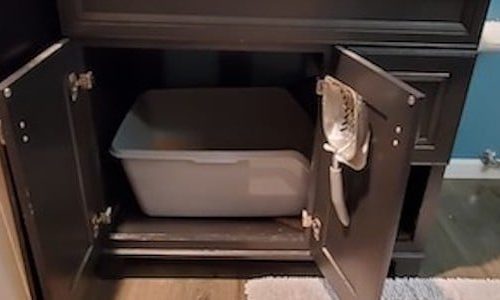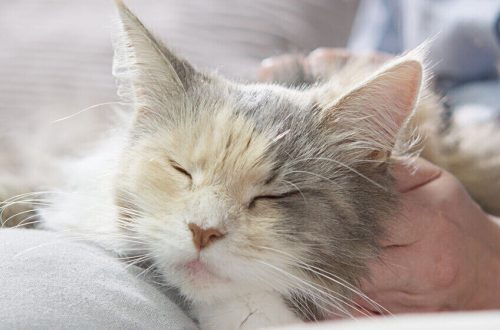
How to become a cat breeder
If your soul lies in breeding cats, go for it, because this activity brings sincere joy to many. So, where should the breeder start, so that the path in this matter is clear and, if possible, at least a little profitable:
Contents
1. Choose a breed.
When choosing a breed, consider two points:
- Demand: rare breeds will be difficult to advertise and sell, especially to a novice breeder, and also problematic to find a suitable mating partner. Popular breeds are highly competitive.
- Your preferences: After all precisely you to live with these animals. First of all, study such features as character, coat care, allergenicity.
2. Equip the room.
Qualitative breeding conditions are a spacious room, a separate enclosure for kittens, sufficient lighting, heating and ventilation, easy-to-clean coatings. Allocate at least one room for a cattery, and if you are the owner of a cat, then two: one of the rooms will become a room for receiving “guests” for mating, since males feel more confident on their territory.
3. Prepare yourself.
Any owner of a cat with a good pedigree can become a breeder, but the better the preparation of the future owner of the cattery, the fewer mistakes he will make and the fewer surprises he will receive. A veterinary education would be a plus, although it is not required. The best option for a novice breeder is felinologist courses. They can be passed at felinological clubs and federations.
4. Choose parents.
Producers of offspring should only be purchased from registered nurseries. It is important to find out how the kitten’s parents were kept, in what conditions it was born, what veterinary and preventive measures were taken, how the kitten gets along and behaves in the breeder’s family. Also pay attention to the class of the kitten: not every representative of the show class is suitable for producing high-quality offspring, and it is better to choose kittens of the breed class, this is a kitten that almost completely fits into the breed standard, into the desired ideal.
5. Study the documents.
Of course, you need to buy a cat or a cat for breeding offspring only under a sales contract. Keep in mind that not every breeder issues a pedigree along with the purchased kitten: sometimes you only receive a veterinary passport and a metric where the data of the club that issued it are indicated. Then getting a pedigree and paying for it is up to you.
6. Dispel the myths.
This point is not the last, but rather the first.
- 1 Myth: the profitability of the breeder’s business. The daily maintenance of the cattery is premium food, litter activation (examination of kittens by a specialist), deworming, vaccinations, and also do not forget about participating in exhibitions and joining a club.
- 2 Myth: the more often the birth, the healthier the cat. Every cat handles pregnancy and childbirth differently. Experts call the optimal number of births – 1-2 per year, but you always need to evaluate the condition of a particular individual, considering whether she has recovered from the previous litter and how she tolerates empty estrus.
- 3 Myth: “only cats will be born quickly.” Mating may fail the first or even the second time, childbirth can be difficult – in general, problems can arise in the same place where they occur in humans. Therefore, the breeder requires patience and sincere love for their fluffy children.
- myth 3:
pregnancy and childbirth in their own way. experts call the optimal number of births – 1-2 per year, but you always need to evaluate the condition of a particular individual, considering whether she has recovered from the previous litter and how she tolerates empty estrus.
pregnancy and childbirth in their own way. experts call the optimal number of births – 1-2 per year, but you always need to evaluate the condition of a particular individual, considering whether she has recovered from the previous litter and how she tolerates empty estrus.





